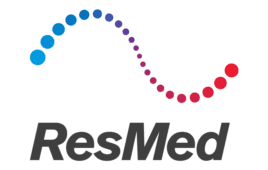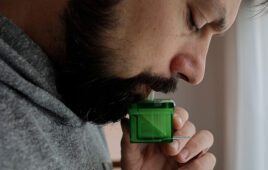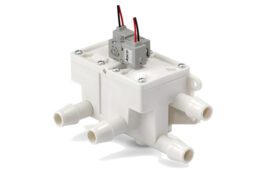
The early-pandemic ventilator shortage prompted researchers to design ventilator splitters like this one. (Image courtesy of Johns Hopkins University)
The FDA is urging healthcare providers to use ventilator splitters for COVID-19 patients only when there is no alternative.
The agency released a letter to providers asking them to consider non-invasive ventilation such as high-flow nasal oxygen or non-invasive positive pressure ventilation before resorting to a ventilator splitter. If a ventilator splitter is the only option, the agency said clinicians should limit sharing of ventilation to two patients with similar ventilatory requirements and only for up to 48 hours.
The recommendations are based on clinicians’ experience and research conducted since the pandemic began. “These activities greatly increased the understanding of the known and potential risks and benefits of ventilator splitters in a very short time,” the agency said.
Challenges identified in reported clinical experience include:
- The need to continually balance differences in respiratory mechanics of both co-vented patients.
- The need for paralysis and deep sedation to prevent asynchrony.
- Swinging air from one co-vented patient to another (pendelluft), resulting in lung injury due to overdistension of the alveoli or inspired carbon dioxide.
- The increased complexity of clinical decision making.
- The lack of individual ventilator alarms to alert individual ventilation problems.
Recent literature indicates that ventilator splitters that incorporate these features may reduce certain risks:
- One-way valves in the breathing circuit.
- Flow restrictors or pressure regulators at each inspiratory limb of the circuit.
- Individual positive end-expiratory pressure (PEEP) valves.
- Inspiratory and expiratory tidal volume sensors.
- Pressure sensors.
Incorporating one-way valves in the breathing circuit can reduce pendelluft and the likelihood of lung trauma the exchange of gases between patients, the agency said The addition of flow restrictors and pressure regulators at each inspiratory limb of the circuit, individual PEEP valves, inspiratory and expiratory tidal volume and pressure sensors can assist in monitoring and adjusting the gas delivery to meet the needs of individual patients.




